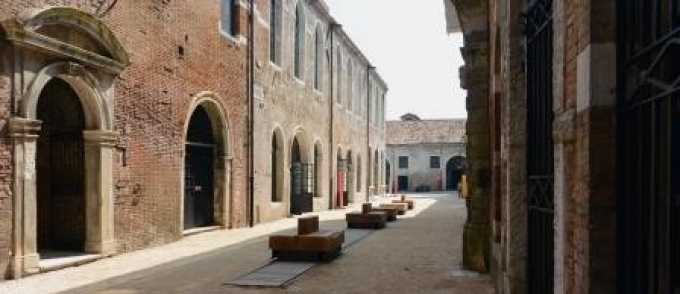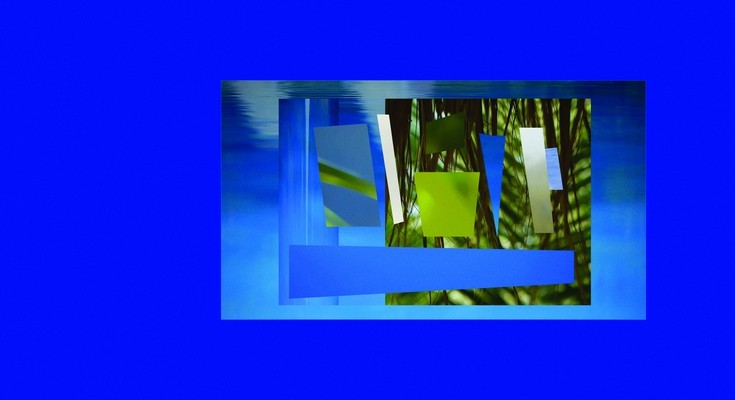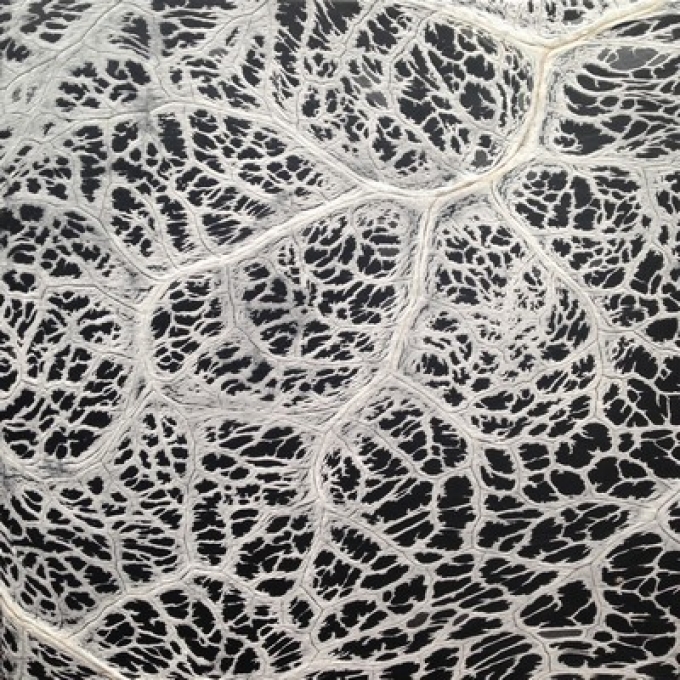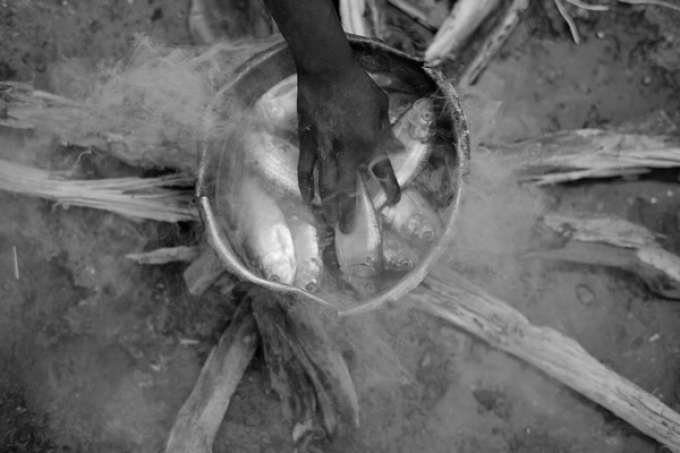In the Beginning ... the Word became flesh
 Outside the Pavilion
Outside the Pavilion
The Pavilion of the Holy See
56thBiennale d’Arte di Venezia 2015
Theme: In the Beginning … the Word became flesh
The Holy See participates this year for the second time at the Biennale d’Arte di Venezia, with a Pavilion inspired by the New Testament. In the Beginning … the Word became flesh is the theme chosen by the Commissioner Card. Gianfranco Ravasi, President of the Pontifical Council for Culture, at whose request the theme of the “Beginning” has been developed, passing from the 2013 edition’s reference to Genesis to that of the Prologue of the Gospel of John.
The structure of the Pavilion is articulated around two essential poles: firstly, the transcendent Word, which is “in the beginning” and which reveals the dialogical and communicative nature of the God of Jesus Christ (v. 1-5); and then the Word made “flesh”, body, bringing the presence of God in humanity, especially where it appears injured and suffering (v. 14). The encounter of these “vertical-transcendent” and “horizontal-immanent” dimensions is the heart of the research.
The two “tables” of the Prologue of John’s Gospel are the basic inspiration for the artistic creations of three artists, who have been chosen after a long selection, in light of some precise criteria: the consonance of their own journeys with the chosen theme, the variety of the techniques used, their internationality, diversity and geographic and cultural provenance, and above all the open and evolutionary nature of their work.





 Monika Bravo, part of the installation ARCHE-TYPES. The sound of the word is beyond sense, 2015, LD monitor, transparent elements, painted wood panel, projection, media player, 440 x 230 cm, photo Monika Bravo © Monika Bravo, Courtesy the artist
Monika Bravo, part of the installation ARCHE-TYPES. The sound of the word is beyond sense, 2015, LD monitor, transparent elements, painted wood panel, projection, media player, 440 x 230 cm, photo Monika Bravo © Monika Bravo, Courtesy the artist
 Elpida Hadzi-Vasileva, Haruspex (detail), 2015, organic materials
Photo Elpida Hadzi-Vasileva, © Elpida Hadzi-Vasileva, Courtesy the artist
Elpida Hadzi-Vasileva, Haruspex (detail), 2015, organic materials
Photo Elpida Hadzi-Vasileva, © Elpida Hadzi-Vasileva, Courtesy the artist
 Mário Macilau, A Fish Story, photograph from the series Growing on darkness/ Crescendo na escuridão, 2012-2015
Pigmented inkjet print on Hahnemühle cotton paper (es. 1/2), 133 x 200 cm
Photo Mário Macilau © Mário Macilau, Courtesy Cataldo Colella
Mário Macilau, A Fish Story, photograph from the series Growing on darkness/ Crescendo na escuridão, 2012-2015
Pigmented inkjet print on Hahnemühle cotton paper (es. 1/2), 133 x 200 cm
Photo Mário Macilau © Mário Macilau, Courtesy Cataldo Colella
